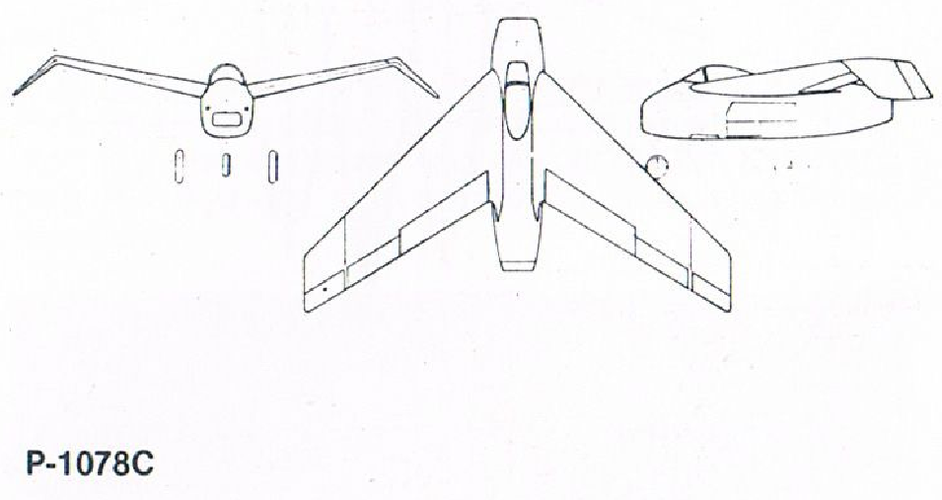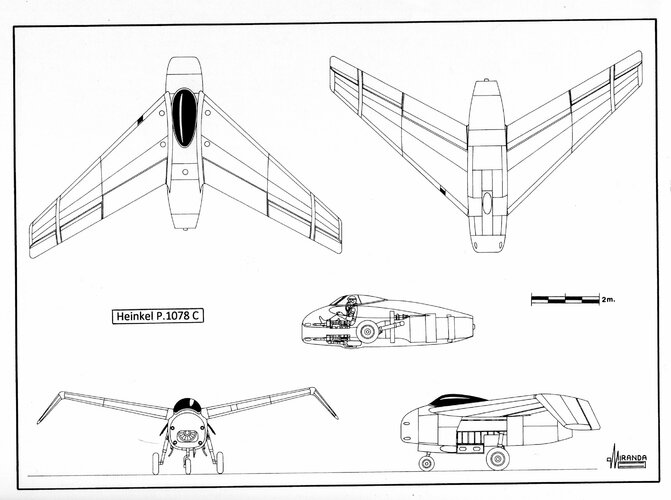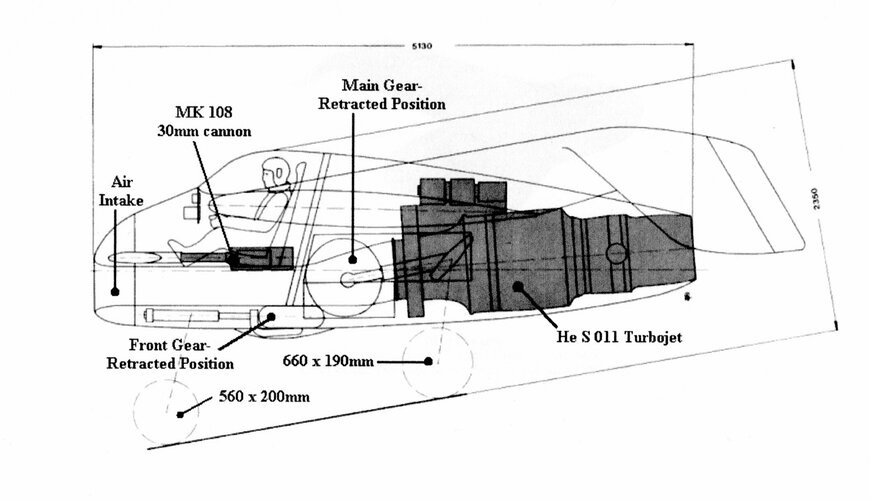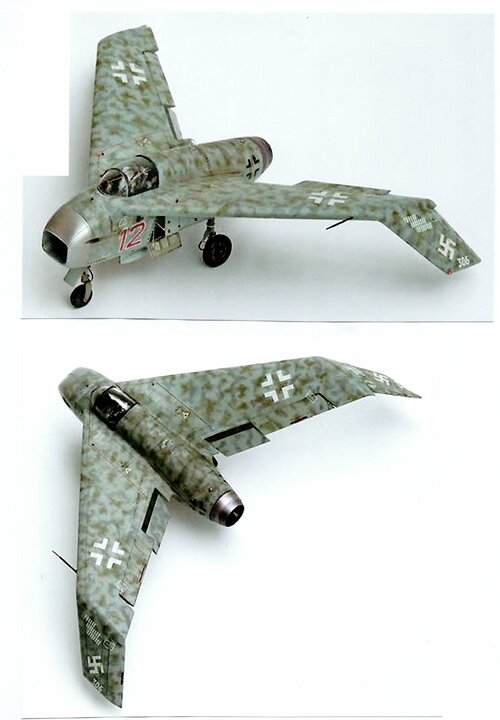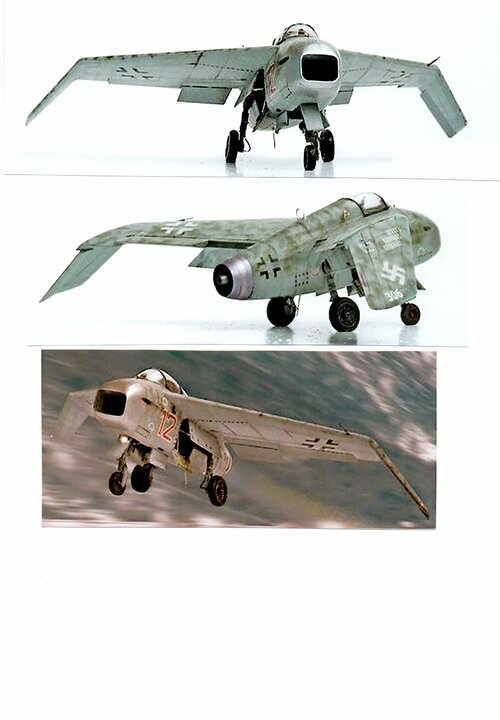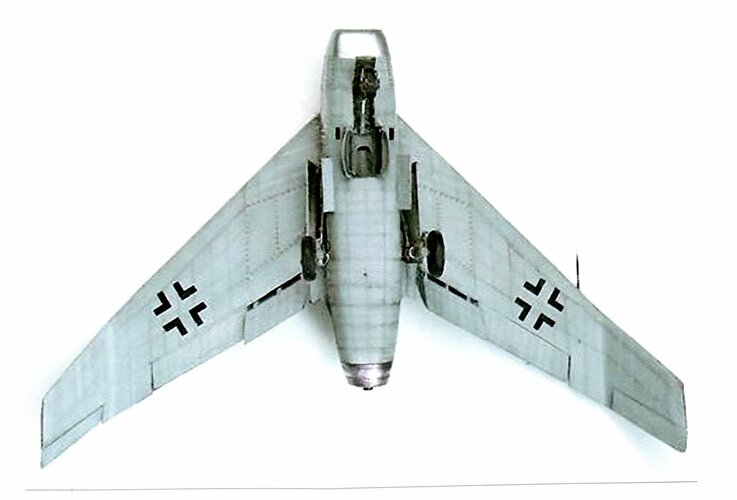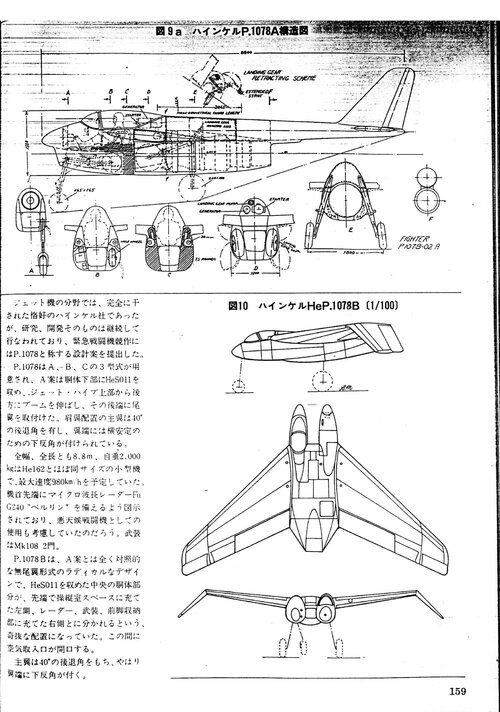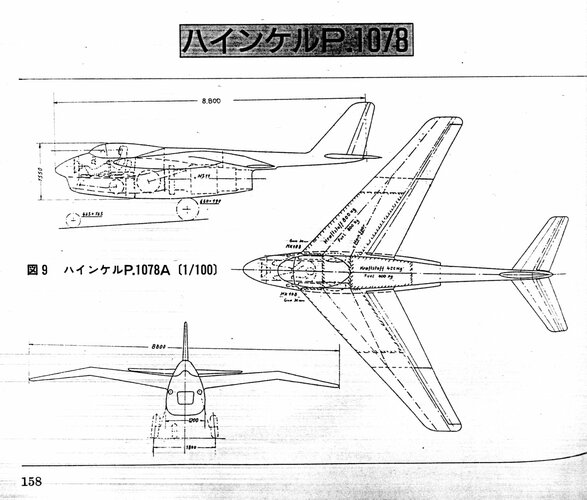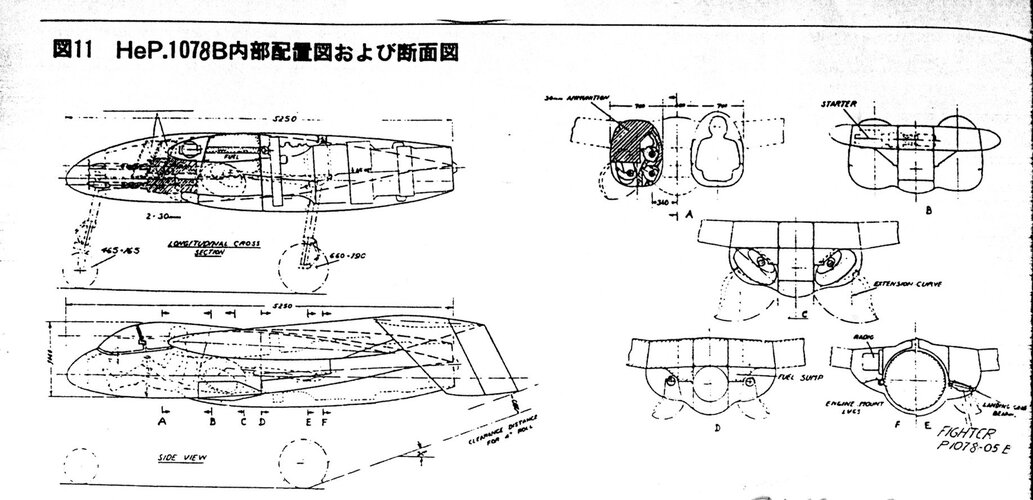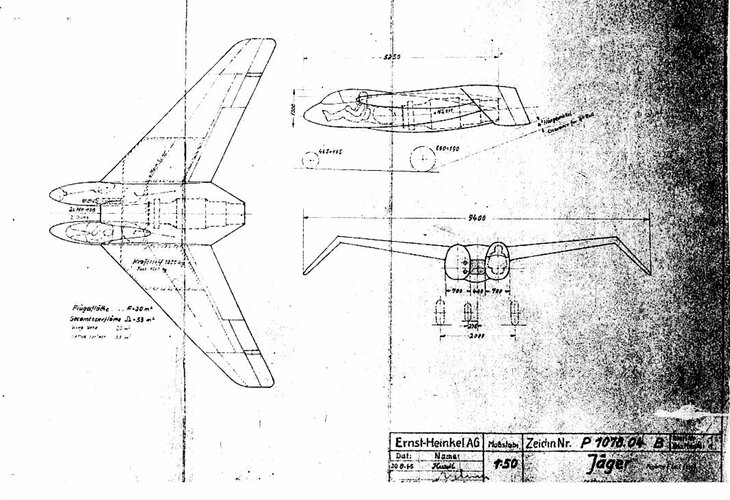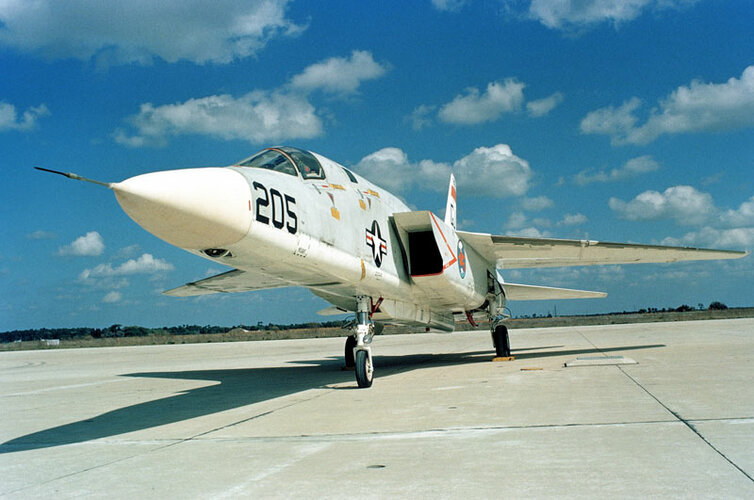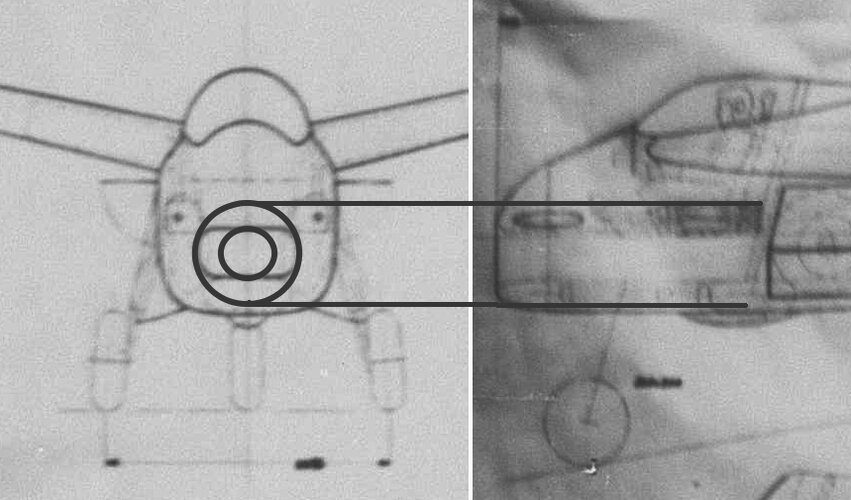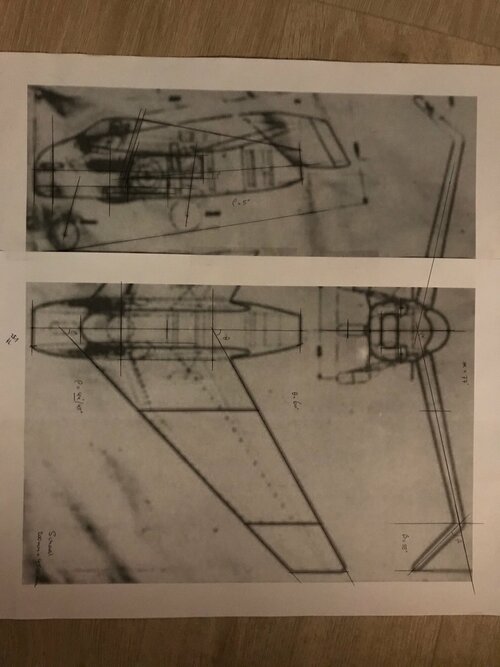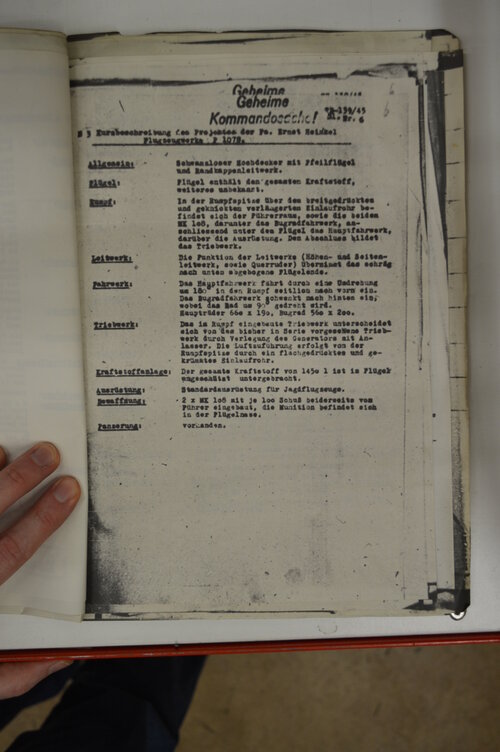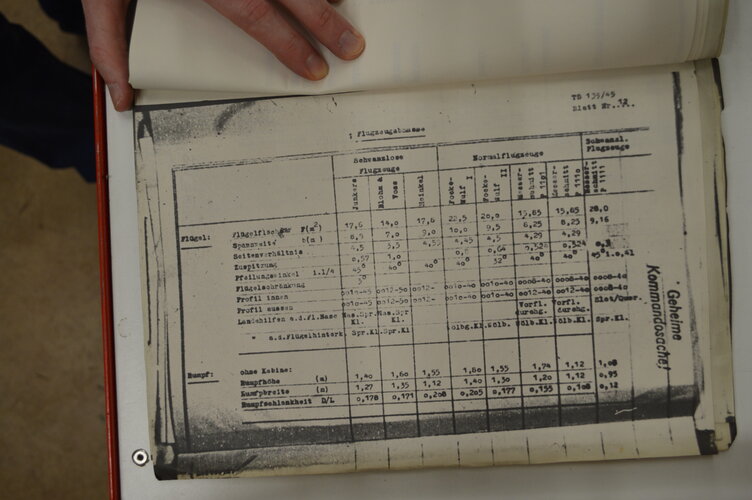Hello everyone,
In the Dan Sharp magazine on 'Luftwaffe, secret jets of the third reich' there is a picture of the original drawing of the Heinkel 1078 entry for the report compiled in advance of the 1-TL Jager meeting of february 27-28, 1945. I bought a copy of the magazine. Really nice. Just like the 'secret wings' I also obtained.
Does anyone have a larger image of this image? It's the plane most revered to as Heinkel P1078c...
I'm looking for the original views in order to do a future 3d model build of this project. Most of the time I enlarge them to A3 views in order to measure the elements in the plan before drawing them as a 3D model.
Regards, Wietze
In the Dan Sharp magazine on 'Luftwaffe, secret jets of the third reich' there is a picture of the original drawing of the Heinkel 1078 entry for the report compiled in advance of the 1-TL Jager meeting of february 27-28, 1945. I bought a copy of the magazine. Really nice. Just like the 'secret wings' I also obtained.
Does anyone have a larger image of this image? It's the plane most revered to as Heinkel P1078c...
I'm looking for the original views in order to do a future 3d model build of this project. Most of the time I enlarge them to A3 views in order to measure the elements in the plan before drawing them as a 3D model.
Regards, Wietze

